Water has always been the lifeblood of great cities, shaping their development, culture, and daily rhythms since the dawn of civilization. From ancient trading posts along mighty rivers to modern metropolises embracing their waterfronts, these urban centers demonstrate how successfully cities can integrate their watery arteries into the fabric of contemporary life. Today’s most vibrant waterfront cities have transformed former industrial zones into thriving mixed-use neighborhoods that celebrate maritime heritage while embracing future possibilities.
These remarkable destinations prove that when rivers and harbors flow seamlessly through urban landscapes, they create something magical—spaces where commerce meets culture, where history mingles with innovation, and where residents and visitors alike can experience the unique energy that only comes from cities shaped by water. Here is a list of 20 extraordinary cities where rivers and harbors don’t just border urban life, but flow directly through its very heart.
London
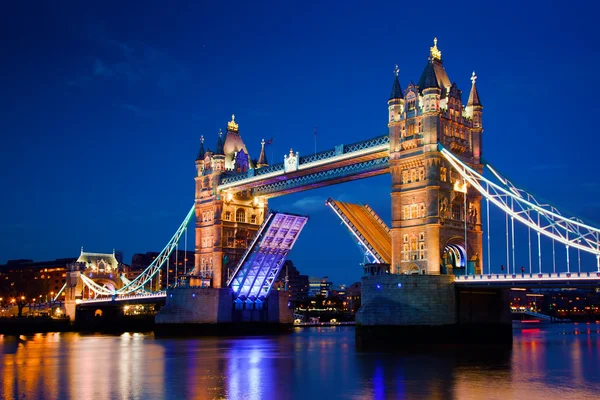
The Thames River flows through central London as one of the city’s principal axes, from the Palace of Westminster to the Tower of London, providing a captivating backdrop to many of the city’s top tourist attractions. This 205-mile river supplies two-thirds of London’s drinking water while serving as both a working waterway and recreational paradise.
Recent architectural projects along the Thames reflect how the city continues to reimagines its historic waterfront through innovative designs that celebrate both the river’s heritage and its future potential.
Amsterdam
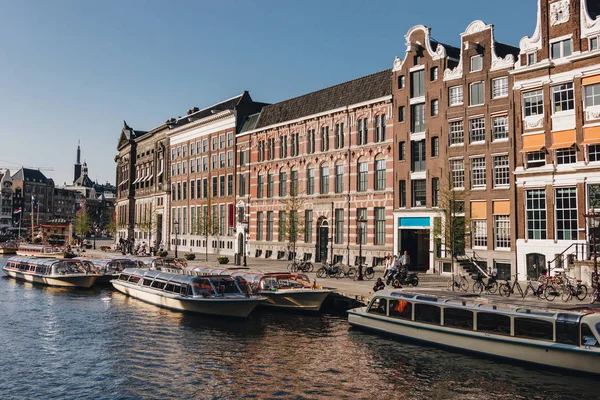
Amsterdam boasts more than 100 kilometers of canals, about 90 islands, and 1,500 bridges, with the three main canals forming concentric belts around the city known as the Grachtengordel.
The 17th-century canal ring area, which earned UNESCO World Heritage status, contributes to Amsterdam’s fame as the ‘Venice of the North.’ Amsterdam’s 165 canals serve as water drainage for the city, which sits below sea level.
Like Travel Pug’s content? Follow us on MSN.
New York City
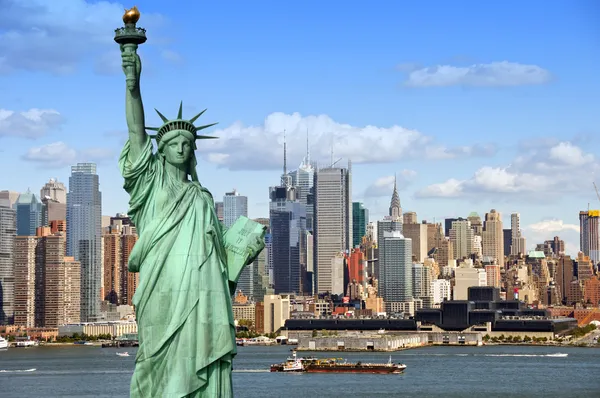
New York Harbor is one of the largest natural harbors in the world, fed by the waters of the Hudson River and connected to the East River, which, despite its name, is a tidal strait. The city’s 520 miles of shoreline have been increasingly reclaimed for housing and recreation, with projects like Brooklyn Bridge Park and Hudson River Park transforming former industrial waterfront into public spaces.
New York City is pioneering the ‘Blue Highways’ initiative, which aims to leverage the city’s extensive network of rivers and harbors for sustainable freight transportation using waterborne vessels and electric delivery vehicles.
Hamburg
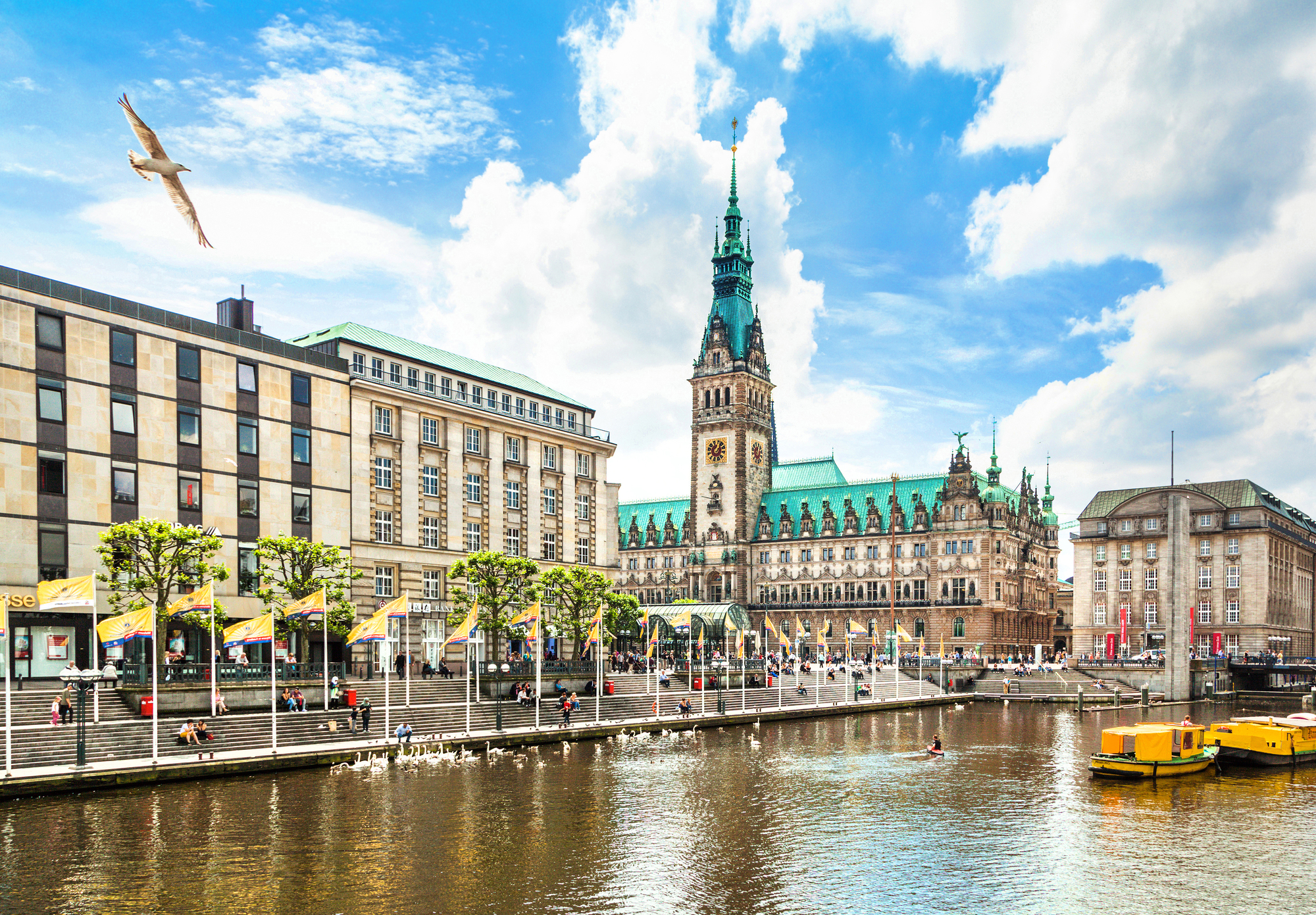
Hamburg features Germany’s largest port along with three rivers, two lakes, hundreds of canals, and countless bridges, making water very much a part of life, whether you’re a local or a visitor. The harbor tour takes visitors through the Speicherstadt, considered the largest warehouse district in the world, featuring distinctive red brick buildings constructed in Neo-Gothic style and surrounded by multiple canals and bridges.
The Elbe River connects this maritime city to the North Sea while providing a scenic backdrop for everything from weekend sailing to the annual harbor festival.
Istanbul
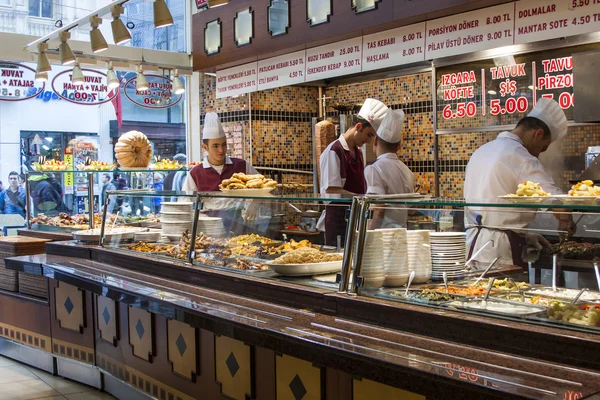
The Golden Horn is an inlet of the Bosphorus considered to be the world’s largest natural harbor, separating the European shore of Istanbul into two parts. The Bosphorus Strait serves as Istanbul’s lifeblood, with neighborhoods on its banks thriving in the spotlight as this 20-mile strait connects Europe and Asia while offering spectacular views of traditional wooden waterfront mansions called yalıs.
Taking a ferry from the European side to the Asian side of Istanbul is a must, as is a ride along the Bosphorus under the modern bridge connecting the two continents, with stops at great seafood restaurants along the way.
Like Travel Pug’s content? Follow us on MSN.
Paris
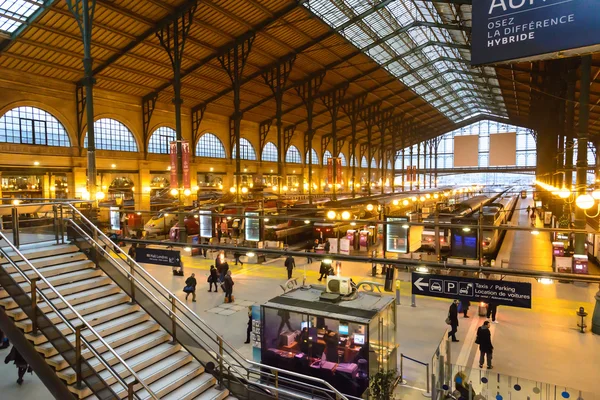
Paris has transformed its Seine River from feeling like a gash ripping the city apart into what many consider the world’s number one waterfront through a series of projects over the past 15 years. Paris Plage, which began as a bold six-week experiment to create a seaside resort ambiance in the heart of the city, led to the pedestrianization of both banks of the Seine and restored the riverfront to its rightful role as the heart of Paris.
The river now features numerous family-friendly activities that make it feel like a zipper uniting the Left and Right Banks with mini-destinations along the waterway.
Sydney
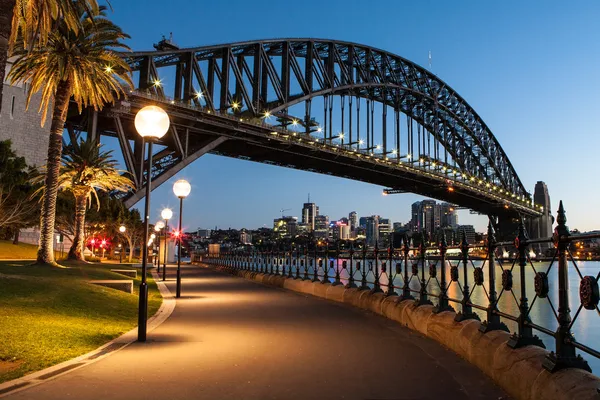
Sydney’s harbor setting makes the skyscrapers, markets, and incredible hustle and bustle more exciting, with the water of the harbor constantly punctuating the scene. The harbor offers one of the world’s most iconic arrival experiences, serving as the backdrop for the famous Opera House and Harbour Bridge.
The Manly Ferry offers one of the best ways to see the harbor, departing from Circular Quay and traveling past the city’s sights to Manly on the Pacific Coast, providing an affordable and scenic journey.
San Francisco
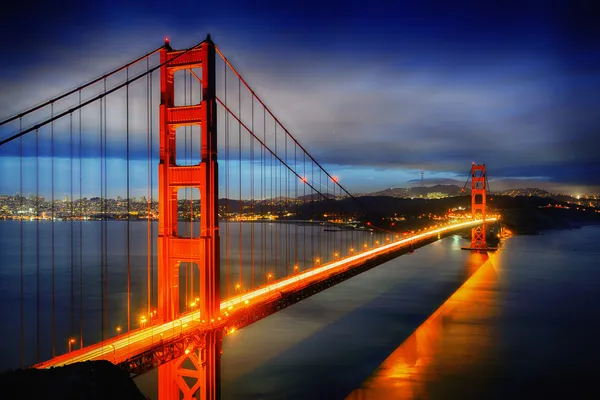
San Francisco Bay is a large tidal estuary that drains water from approximately 40 percent of California and gives its name to the San Francisco Bay Area. The San Francisco Waterfront Resilience Program aims to defend the city from current and future flood risks while adapting shoreline elevations and providing benefits such as more open space, enhanced mobility, and improved connections to the bay.
The bay serves as both a working harbor for international shipping and a recreational paradise for sailing, with the Golden Gate Bridge serving as its iconic gateway to the Pacific.
Like Travel Pug’s content? Follow us on MSN.
Buenos Aires
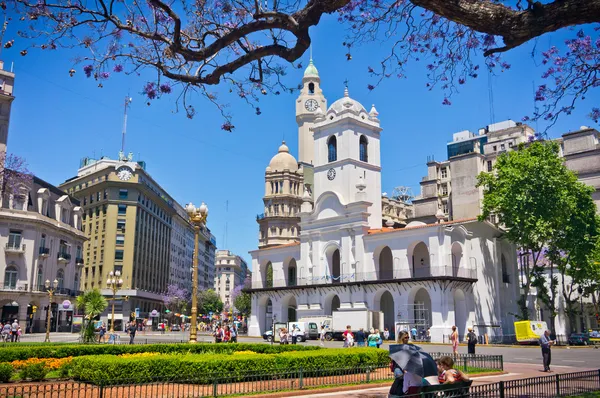
Buenos Aires port is based along the Rio de la Plata estuary, and when you arrive here by ship, you’re sailing into the heart of the city that was founded by the Spanish navy in 1580. Puerto Madero represents the largest wide-scale urban project in Buenos Aires currently, having undergone an impressive revival in merely a decade as one of the most successful recent waterfront renewal projects in the world.
The city has grown around its harbor with many European immigrants settling in this beautiful seaport during the 19th and 20th centuries, earning it the nickname ‘Paris of the South’ for its European flair.
Venice
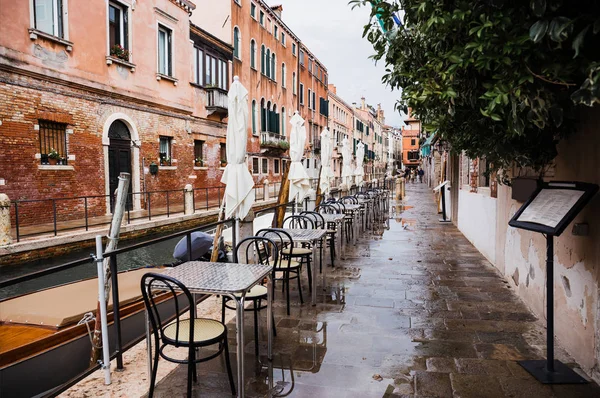
Venice stands as perhaps history’s most famous example of a city built entirely on water, with its network of canals serving as streets and its gondolas as the original water taxis. The Grand Canal functions as the main thoroughfare through this floating city, lined with magnificent palazzos that reflect centuries of maritime wealth and power.
At the peak of their popularity in the 1600s and 1700s, 10,000 gondolas cruised Venice’s canals, though today only 400 remain to provide tourists with an authentic taste of this unique waterborne urban experience.
Singapore
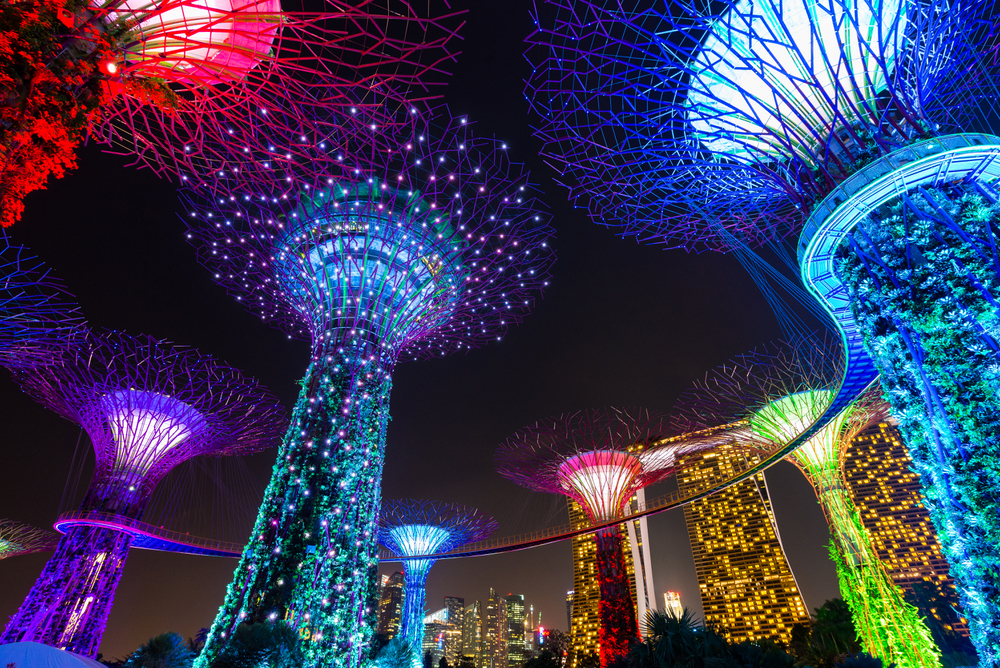
Singapore’s strategic location along the Strait of Malacca has made it one of the world’s busiest ports, where the urban skyline rises directly from the harbor’s edge. The city-state has masterfully integrated its working port with recreational waterfront spaces, creating a seamless blend of commerce and community life.
Marina Bay serves as the crown jewel of this integration, featuring the iconic Marina Bay Sands complex that has become synonymous with Singapore’s transformation into a global financial center.
Like Travel Pug’s content? Follow us on MSN.
Boston
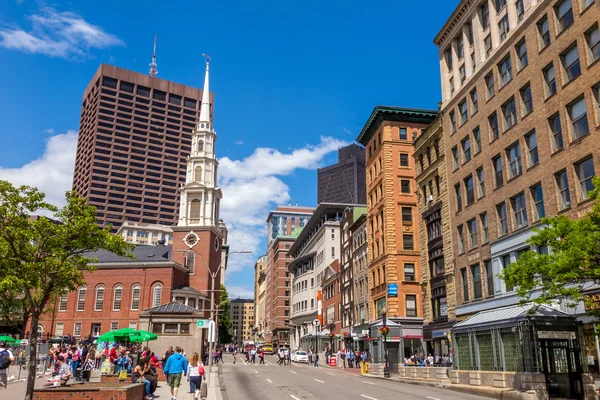
Boston Harbor has played a crucial role in American history, from the Boston Tea Party to serving as a major immigration gateway, and today continues to shape the city’s identity through waterfront development projects. Boston’s downtown waterfront features hotels and housing alongside the popular Faneuil Hall Marketplace of shops and restaurants, creating a thriving hub that connects the city’s historic past with its modern aspirations.
The harbor islands provide easily accessible natural escapes just minutes from downtown, while the waterfront itself offers everything from harbor cruises to waterside dining with spectacular city views.
Chicago
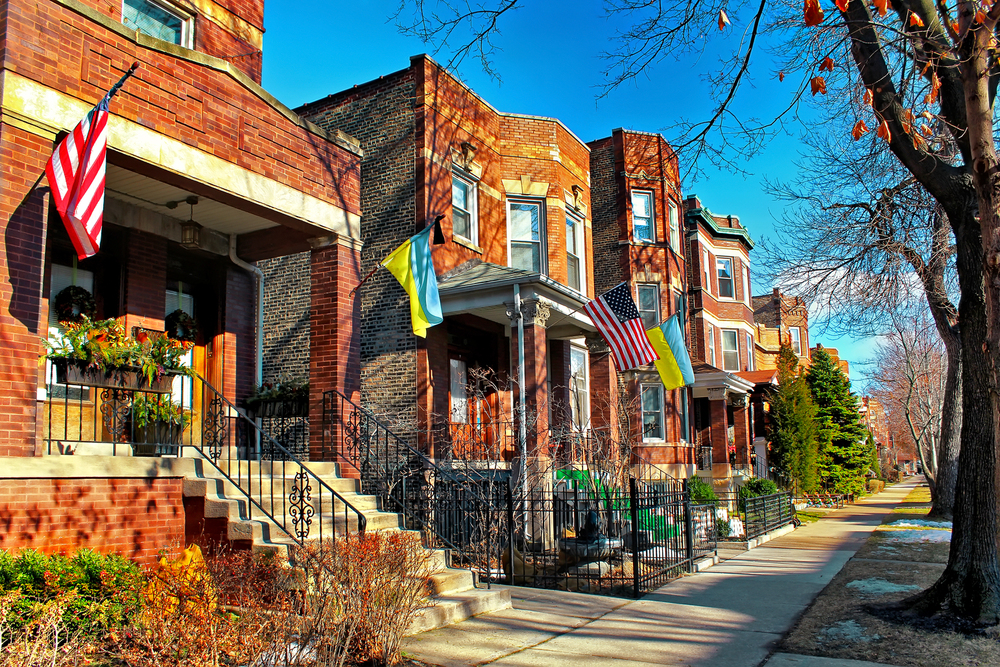
Chicago boasts a ‘gold coast’ of parkland and fancy apartment buildings along the shore of Lake Michigan, with the Chicago Riverwalk providing an innovative architectural solution that celebrates the city’s relationship with water. The Chicago River famously flows backwards due to engineering marvels that reversed its flow to protect Lake Michigan’s water supply.
The city’s lakefront stretches for 18.5 miles and includes 24 beaches, numerous parks, and recreational facilities that make the waterfront accessible to residents and visitors year-round.
Rotterdam
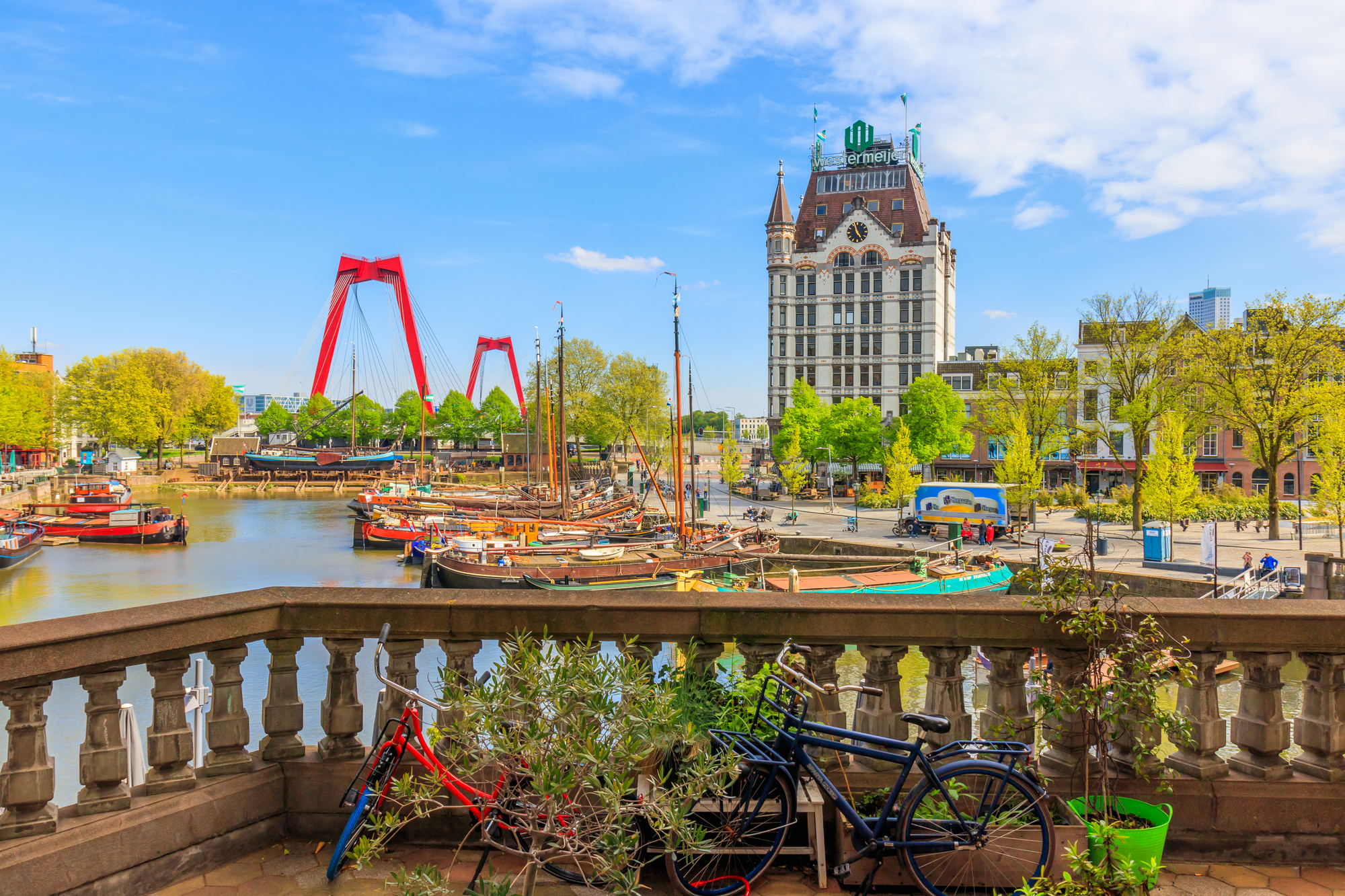
Rotterdam waterfront has focused on adapting to climate change within urban development by transforming old industrial sites and upgrading infrastructure to manage rising sea levels. As Europe’s largest port, Rotterdam demonstrates how working harbors can coexist with vibrant urban neighborhoods through innovative design and strategic planning.
The city’s modern architecture and cutting-edge flood protection systems make it a model for other port cities facing similar challenges in the 21st century.
Like Travel Pug’s content? Follow us on MSN.
Hong Kong
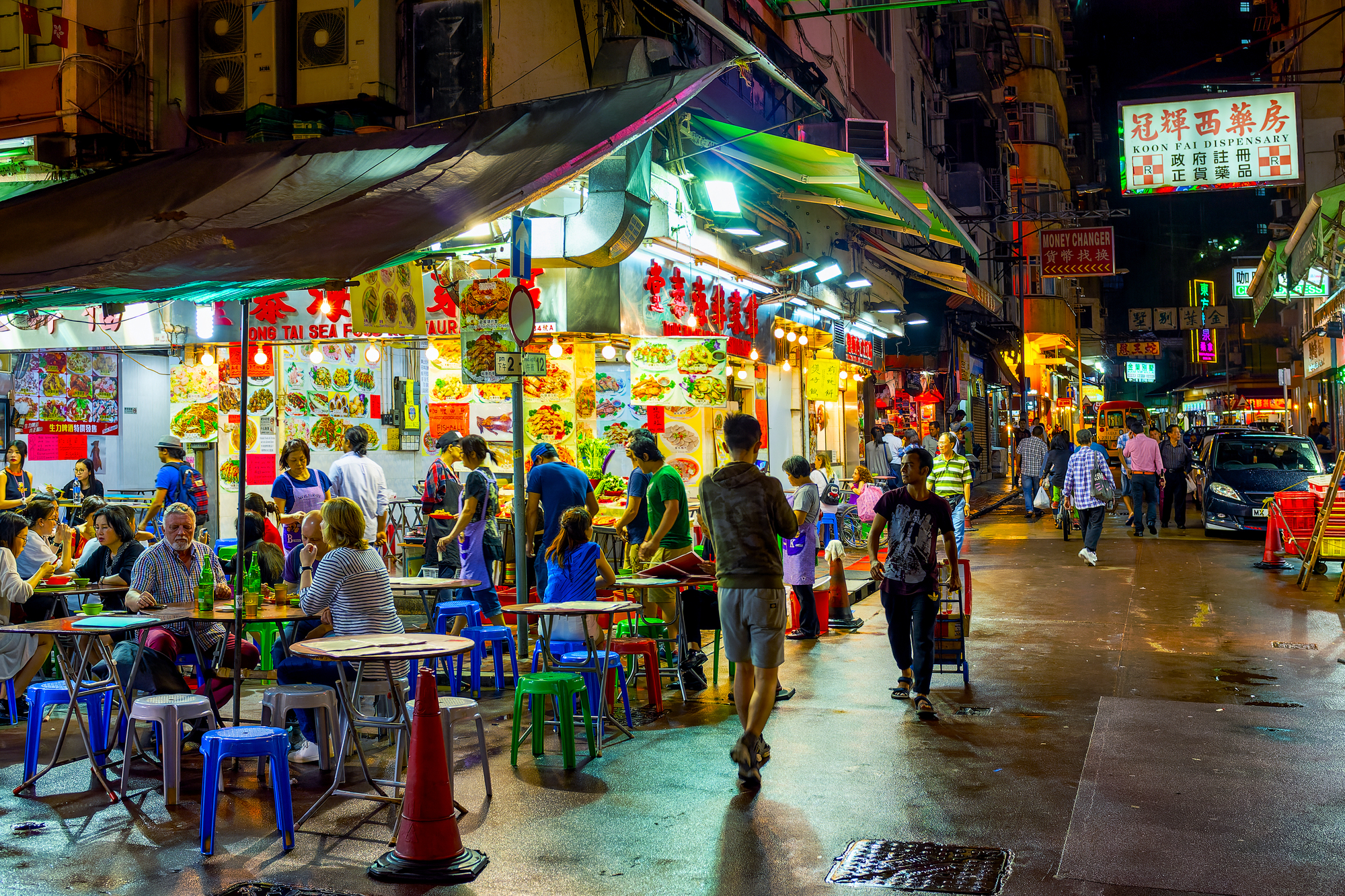
Hong Kong is one of the most exciting cities in the world, partly because of its watery setting, where the skyscrapers, trams, markets, and incredible hustle and bustle would not be half as exciting without the harbor constantly appearing between it all. Victoria Harbour serves as the beating heart of this global financial center, providing the backdrop for the famous Symphony of Lights show that illuminates the skyline each evening.
The Star Ferry, operating since 1888, continues to provide one of the world’s most scenic and affordable urban transportation experiences across the harbor.
Stockholm

Stockholm is built on 14 islands where Lake Mälaren meets the Baltic Sea, creating a city where water is never more than a few blocks away from any location. Stockholm’s City Hall serves as more than just the seat of local government, functioning as a multifaceted destination surrounded by plazas, parks, and courtyards that share the waterfront with major piers, where boats offer scenic tours.
The archipelago extending from the city contains over 50,000 islands and skerries, making Stockholm one of the world’s most water-integrated capital cities.
Vancouver
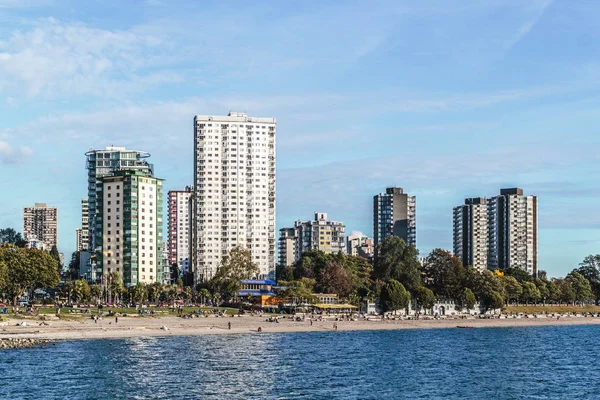
Vancouver’s setting between the Pacific Ocean, English Bay, and the Fraser River creates one of the world’s most spectacular urban waterfront environments. The Seawall offers a 17-mile pathway that connects beaches, parks, and neighborhoods, providing stunning views of both the city skyline and the North Shore mountains.
Canada Place, with its distinctive white sails, serves as both a cruise ship terminal and a convention center, symbolizing how the city seamlessly blends its port functions with its role as a livable urban destination.
Like Travel Pug’s content? Follow us on MSN.
Barcelona
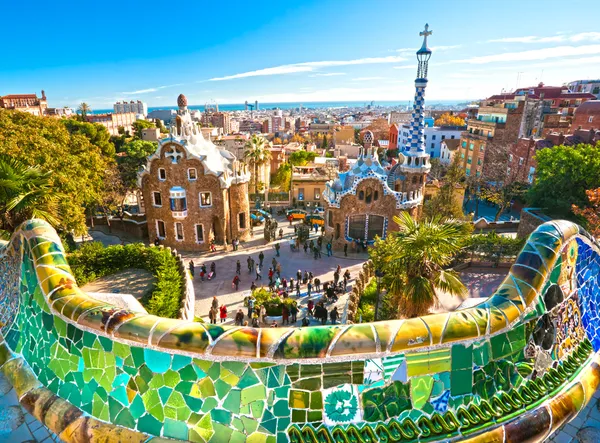
Barcelona’s transformation of its waterfront for the 1992 Olympics created a new model for how cities can reclaim their relationship with the sea. The Port Vell (Old Port) area now features shopping, dining, and entertainment venues alongside working harbor facilities, while the nearby beaches provide urban recreation opportunities.
The city’s Maritime Museum, housed in medieval shipyards, celebrates Barcelona’s long relationship with Mediterranean commerce while looking toward a sustainable maritime future.
Melbourne
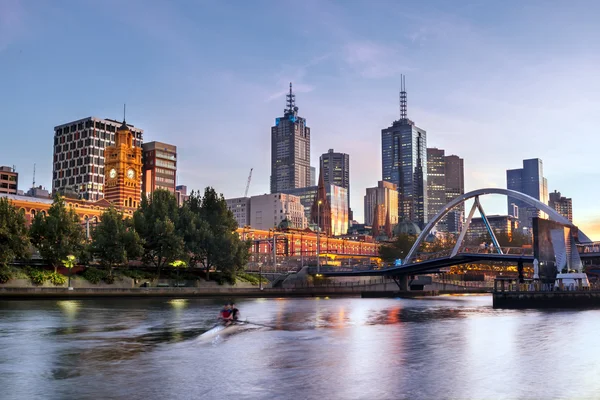
Melbourne’s Yarra River winds through the city center, creating opportunities for riverside dining, cultural venues, and recreational activities that enliven the urban core. Melbourne represents an example of cities where activities and amenities derived from the contiguity of navigable waterfront development have been successfully restored and adapted for new activities as per demand.
The Southbank promenade offers spectacular city views while hosting festivals, markets, and outdoor dining, making the riverfront a year-round destination for both locals and tourists.
Pittsburgh

Pittsburgh’s waterfront represents a convergence of three rivers that has undergone an incredible transformation in recent years, including several major development projects and riverfront improvements along a 20-block stretch dubbed ‘the Strip District.’ Property values have increased by 117 percent since 2001 in areas proximate to waterfront investment projects, demonstrating how high-quality park infrastructure along rivers can catalyze broader urban development.
The city’s transition from industrial steel production to technology and healthcare has been mirrored by its riverfront transformation from working industrial zones to mixed-use districts celebrating both history and innovation.
Like Travel Pug’s content? Follow us on MSN.
From Ancient Trading Posts to Modern Marvels
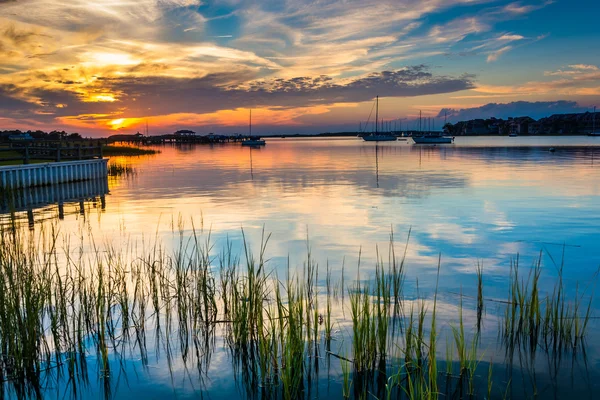
These 20 cities demonstrate how waterways continue to shape urban life in the 21st century, just as they have for thousands of years since the first settlements grew around natural harbors and river crossings. Whether it’s London’s Thames providing drinking water for millions while hosting dinner cruises, or Singapore’s harbor serving as both a global shipping hub and a recreational paradise, successful waterfront cities understand that rivers and harbors must serve multiple purposes to truly integrate with urban life.
The most innovative examples, from Amsterdam’s UNESCO-protected canals to New York’s emerging Blue Highways freight network, show how cities can honor their maritime heritage while adapting to contemporary challenges like climate change and sustainable transportation. As urban populations continue to grow and climate pressures intensify, these water-integrated cities offer invaluable lessons on creating resilient, livable communities that work in harmony with nature rather than against it.
More from Travel Pug

- 20 Best Beach Towns in the Carolinas
- 13 Destinations Where Tourists Regularly Regret Their Trip
- 20 Things You Actually Get in First Class
- 20 Small Airports With Aviation Museums
- 20 Places in the U.S. That Are Perfect for a Reset Trip
Like Travel Pug’s content? Follow us on MSN.
